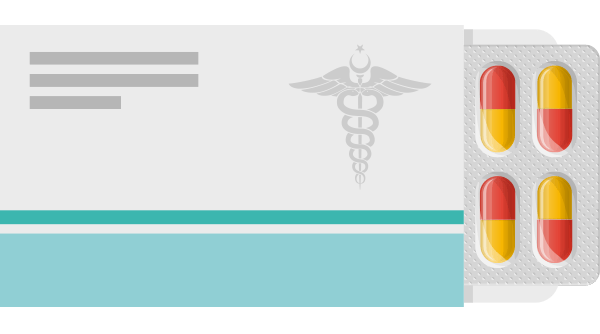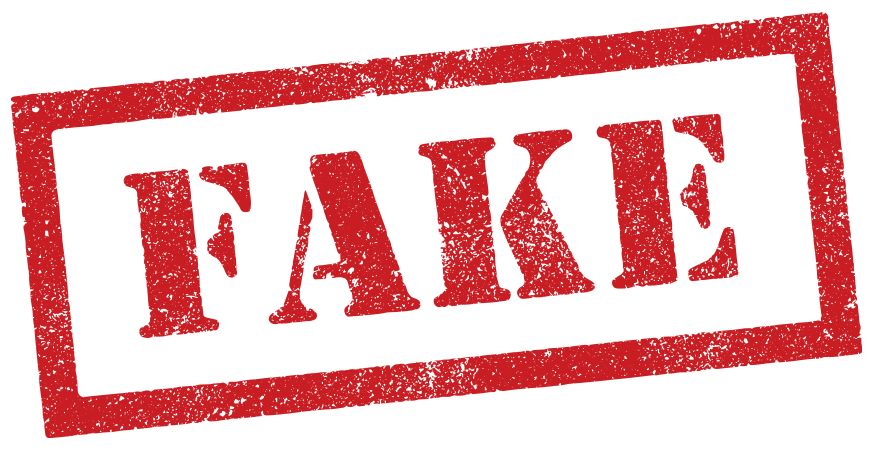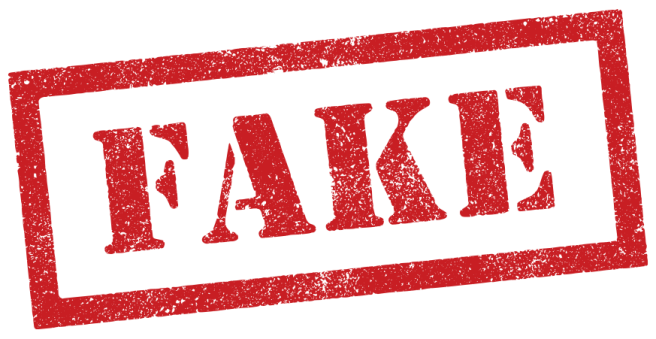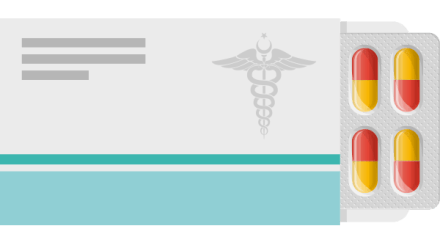


Blake Morgan e-Magazine | Spring 2021 | Issue 4






by Jill Bainbridge
The study combined research carried out by the EUIPO, European Patent Office (EPO) and EU Agency for Law Enforcement Cooperation (Europol). The report revealed that IPR intensive industries contributed approximately 45% of gross domestic product in the EU and 29% of employment, whilst a further 10% was generated in the supply of goods and services to those industries. IPR intensive industries typically reward staff with 47% higher salaries and have weathered the financial crisis better than other sectors. When considering growth of IPR intensive SMEs, the growth trajectory for these businesses is also stronger than typical SMEs.
45%
29%
10%
Gross domestic product
It may surprise you to learn that Organised Crime Groups (OCGs) are becoming increasingly involved in IPR infringement as it is very lucrative and often difficult to detect. The crimes are often facilitated in combination with other criminal activities such as human trafficking, money laundering and forced labour.
The impact this infringement has on the economy is rising. A study in 2019 estimated that trade in IPR infringing goods in 2016 could account for up to 3.3% of world trade. The impact has a "trickle down" effect ranging from lost legitimate jobs to reduced royalty revenues and reduced tax revenue. It is estimated that in the period 2013 to 2017, 11 sectors within the EU suffered lost sales due to counterfeiting valued at €83 billion per year. Similarly tax revenue in EU member states was reduced by €15 billion, and 671,000 jobs in legitimate businesses were lost.
These consequences of IPR infringement are measurable. The less tangible impact is that on the environment and public safety. Infringement and in particular counterfeit activity was once an issue focused on luxury goods but it is increasingly an issue in relation to medicines, cosmetics, electrical appliances, toys, clothing and other consumer goods. It had been assumed that mainly lifestyle medicines were the subject of counterfeiting but this activity is now prevalent in relation to drugs such as antibiotics, cancer therapies and heart disease medications. More recently the cynical attempts to profit from adversity have even been seen in the global Covid 19 pandemic with the discovery of counterfeit testing kits, personal protection equipment and even fake vaccines and treatments. Clearly such counterfeit activity can have life threatening consequences.
Employment
Supply of goods and services




The prevalence of counterfeit goods in the market is also impacting consumer behaviours. Low pricing in a time of economic hardship and uncertainty is undoubtedly an issue, however, the fact that buying counterfeit products carries a low social stigma among some groups of consumers is also relevant. In recent years studies have shown that amongst young people there is an increasing awareness of pirated digital content and this is becoming less attractive, perhaps in part due to the enforcement strategies adopted by the enforcement agencies and rights holders who have publicised their actions and enforcement penalties. However, the tolerance is greater in relation to counterfeit goods.
A European IP Enforcement Portal has been created to enable rights holders and enforcers to share information securely so that data can be collected on infringing activities and enforcement successes. Information on technologies to combat the digital strategies of infringers is being shared also and the expectation is that this will help digital market places and social media platforms become safer environments where counterfeit goods are not tolerated.


The key to the success of these initiatives lies with educating consumers to increase awareness of the importance of intellectual property rights and the dangers of counterfeit goods and reinforcing this with media campaigns and authenticity programmes in an effort to "police" the marketplace.
For rights holders there has never been a more important time to:
- Identify your rights
- Protect your rights
- Monitor your rights
- Enforce your rights
- Publicise your successes


Dangers posed by counterfeit consumer goods, toys and electrical appliances include a lack of appropriate safety testing leading to consumers being exposed to hazardous chemical and toxins and products that have no fire retardancy. Such chemicals and toxins are also harming the environment and increasing pollution. The report found that the seven most common risks associated with counterfeit goods that were analysed were, chemical injuries, strangulation, choking, electric shock, damage to hearing and fire risks. A shocking 97% of counterfeit goods assessed were found to pose a serious risk to consumers and 24% of those counterfeit goods posed more than one risk to consumers.
97%
of counterfeit goods pose a serious risk to consumers
24%
of those counterfeit goods pose more than one risk to consumers








by Jill Bainbridge
The study combined research carried out by the EUIPO, European Patent Office (EPO) and EU Agency for Law Enforcement Cooperation (Europol). The report revealed that IPR intensive industries contributed approximately 45% of gross domestic product in the EU and 29% of employment, whilst a further 10% was generated in the supply of goods and services to those industries. IPR intensive industries typically reward staff with 47% higher salaries and have weathered the financial crisis better than other sectors. When considering growth of IPR intensive SMEs, the growth trajectory for these businesses is also stronger than typical SMEs.
45%
Gross domestic product
29%
Employment
Supply of goods and services
10%
It may surprise you to learn that Organised Crime Groups (OCGs) are becoming increasingly involved in IPR infringement as it is very lucrative and often difficult to detect. The crimes are often facilitated in combination with other criminal activities such as human trafficking, money laundering and forced labour.
The impact this infringement has on the economy is rising. A study in 2019 estimated that trade in IPR infringing goods in 2016 could account for up to 3.3% of world trade. The impact has a "trickle down" effect ranging from lost legitimate jobs to reduced royalty revenues and reduced tax revenue. It is estimated that in the period 2013 to 2017, 11 sectors within the EU suffered lost sales due to counterfeiting valued at €83 billion per year. Similarly tax revenue in EU member states was reduced by €15 billion, and 671,000 jobs in legitimate businesses were lost.


These consequences of IPR infringement are measurable. The less tangible impact is that on the environment and public safety. Infringement and in particular counterfeit activity was once an issue focused on luxury goods but it is increasingly an issue in relation to medicines, cosmetics, electrical appliances, toys, clothing and other consumer goods. It had been assumed that mainly lifestyle medicines were the subject of counterfeiting but this activity is now prevalent in relation to drugs such as antibiotics, cancer therapies and heart disease medications. More recently the cynical attempts to profit from adversity have even been seen in the global Covid 19 pandemic with the discovery of counterfeit testing kits, personal protection equipment and even fake vaccines and treatments. Clearly such counterfeit activity can have life threatening consequences.


Dangers posed by counterfeit consumer goods, toys and electrical appliances include a lack of appropriate safety testing leading to consumers being exposed to hazardous chemical and toxins and products that have no fire retardancy. Such chemicals and toxins are also harming the environment and increasing pollution. The report found that the seven most common risks associated with counterfeit goods that were analysed were, chemical injuries, strangulation, choking, electric shock, damage to hearing and fire risks. A shocking 97% of counterfeit goods assessed were found to pose a serious risk to consumers and 24% of those counterfeit goods posed more than one risk to consumers.
97%
of counterfeit goods pose a serious risk to consumers
24%
of those counterfeit goods pose more than one risk to consumers


The prevalence of counterfeit goods in the market is also impacting consumer behaviours. Low pricing in a time of economic hardship and uncertainty is undoubtedly an issue, however, the fact that buying counterfeit products carries a low social stigma among some groups of consumers is also relevant. In recent years studies have shown that amongst young people there is an increasing awareness of pirated digital content and this is becoming less attractive, perhaps in part due to the enforcement strategies adopted by the enforcement agencies and rights holders who have publicised their actions and enforcement penalties. However, the tolerance is greater in relation to counterfeit goods.
A European IP Enforcement Portal has been created to enable rights holders and enforcers to share information securely so that data can be collected on infringing activities and enforcement successes. Information on technologies to combat the digital strategies of infringers is being shared also and the expectation is that this will help digital market places and social media platforms become safer environments where counterfeit goods are not tolerated.
The key to the success of these initiatives lies with educating consumers to increase awareness of the importance of intellectual property rights and the dangers of counterfeit goods and reinforcing this with media campaigns and authenticity programmes in an effort to "police" the marketplace.
For rights holders there has never been a more important time to:
- Identify your rights
- Protect your rights
- Monitor your rights
- Enforce your rights
- Publicise your successes


